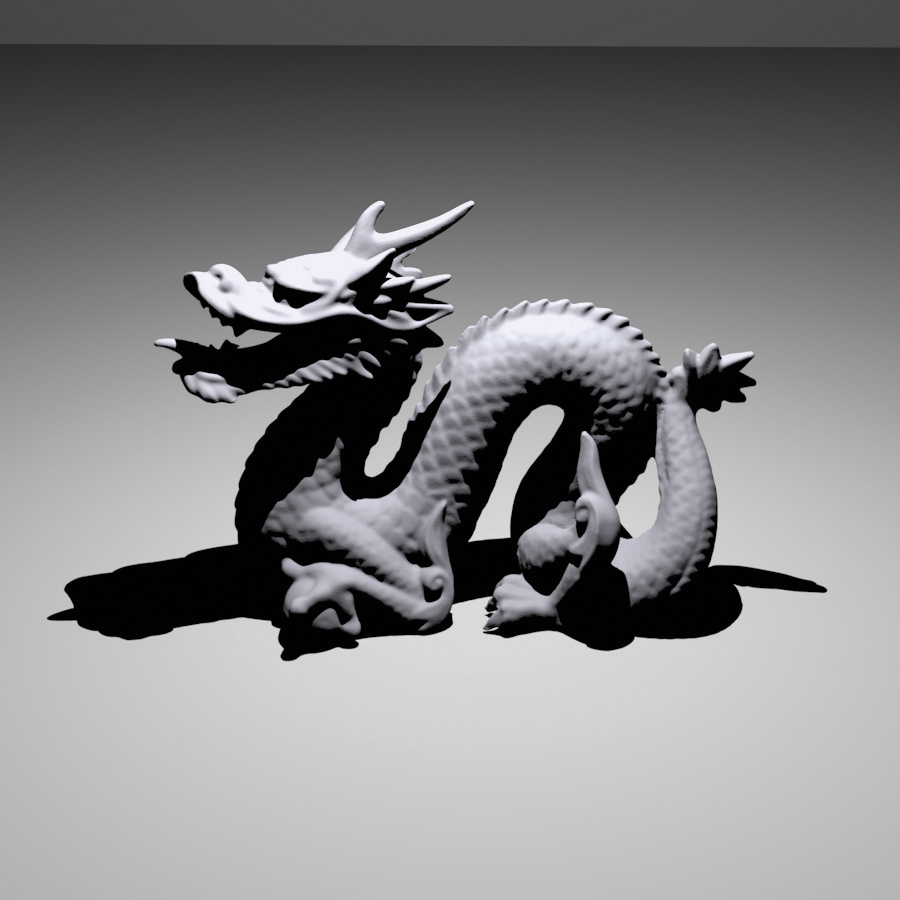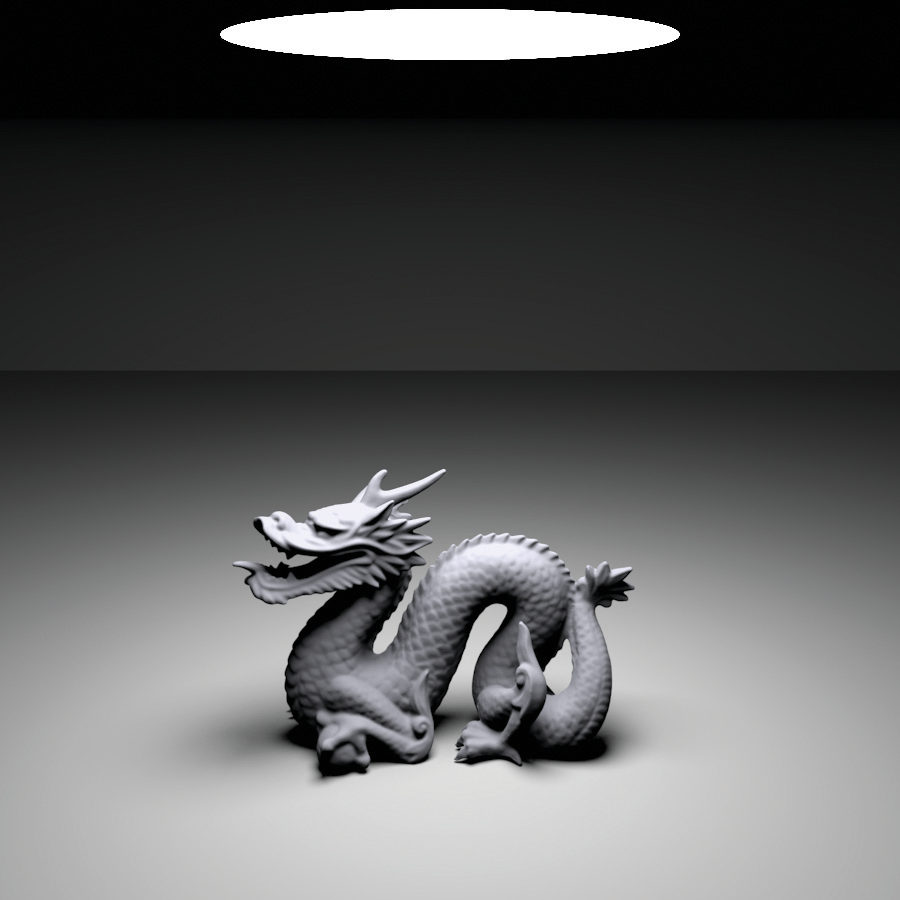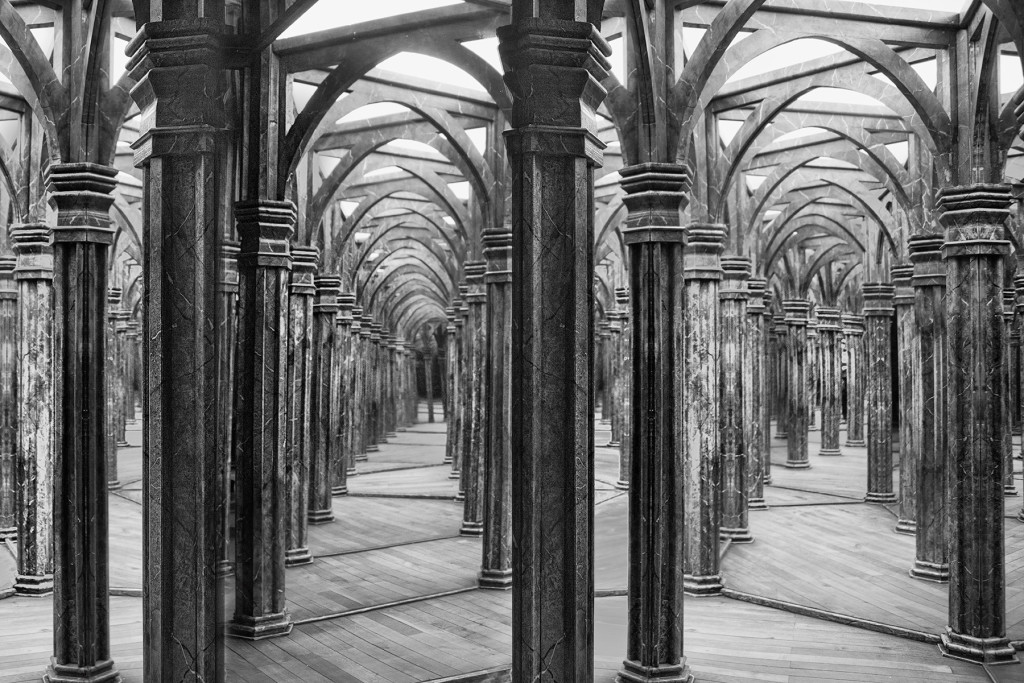
CSCI 461: Computer Graphics
Middlebury College, Fall 2023
Lecture 03: Shading
By the end of today's lecture, you will be able to:
- compute the ambient, diffuse and specular contributions to the color at a surface point,
- cast a secondary ray to a light source to determine if a point is in a shadow,
- cast secondary rays off of reflective materials.

Shading is the process of darkening areas that don't face a light source, and brightening those that do.

WARNING: shading versus reality!

From FAQ in Chapter 10 of Fundamentals of Computer Graphics.
How do we see color? Light travels from a source and reflects off of objects.

Ingredient #1: Light sources have a color, and a location or direction.


We'll mostly work with a mix of "point" and "directional" lights.
Area lights are more realistic, but harder (and more expensive) to model.


Ingredient #2: Materials reflect certain light components, absorb others.

Things we need to consider:
- albedo: fraction of incoming light diffusely reflected,
- properties: in what direction is light reflected?
We will look at matte-like, plastic-like, mirror-like and also translucent materials.
Our shading equation (Phong Reflection Model):
ambient + diffuse + specular
contributions.


The ambient contribution ($I_a$) provides background lighting.

How does the angle between $\vec{n}$ and $\vec{l}$ influence the illumination? Vote at slido.com (event #4076924)!

Light scatters in all directions across diffuse (matte-like) surfaces ($I_d$).

Specular term ($I_s$) adds a highlight to glossy surfaces.

The Phong Reflection Model: how much a surface point is illuminated by light sources.
$$I = c_a k_m + c_l k_m \max\left(0, \vec{n}\cdot\vec{l}\right) + c_l k_s \max(0, \vec{v}\cdot\vec{r})^p$$- $\vec{n}$: unit surface normal,
- $\vec{l}$: unit vector from surface point to light,
- $\vec{r} = -\vec{l} + 2(\vec{l}\cdot\vec{n})\vec{n}$ (reflection of $\vec{l}$ across $\vec{n}$),
- $\vec{v}$: unit vector from surface point to eye,
- $p$: shininess
Practice exercise!
Click to open the editor.
What about shadows?

No intersection? use $I_a$, otherwise add $I_d$ and $I_s$.
What about mirrors?

Calculate color recursively!
Limit number of bounces in recursive ray tracer.

Computing the reflection direction.
Summary
- Calculate color = ambient + diffuse + specular terms.
-
Good idea to write a general function to determine intersection of
ray with objects in scene (this is why both
SphereandTriangleclasses in Lab 2 had a similarintersectfunction). - You will need to return information about the intersection as well (point, normal, material) - not just $t$ anymore!
